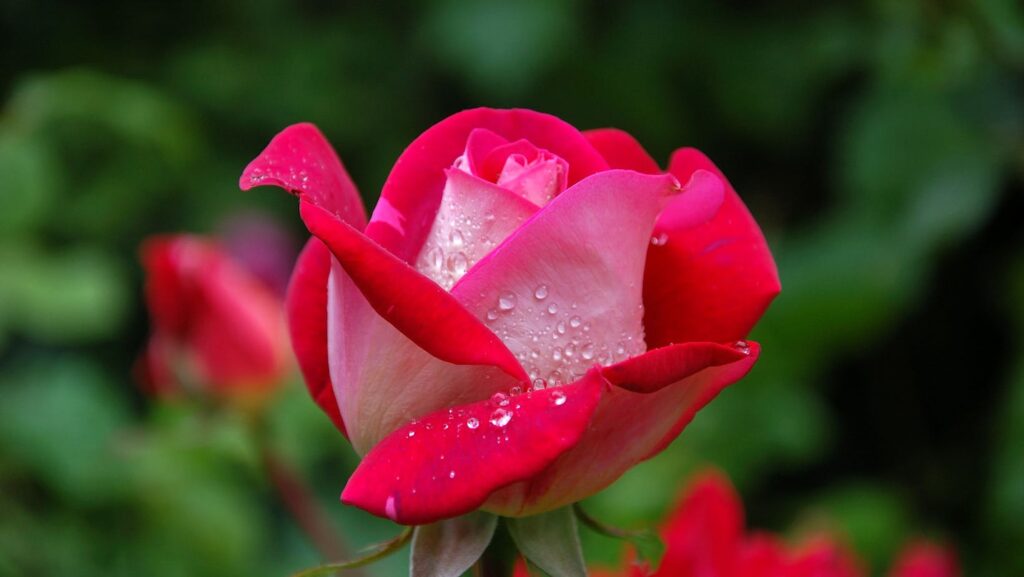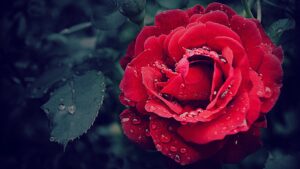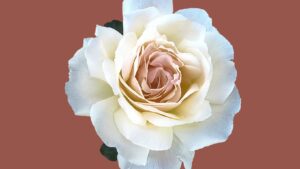
Symbolizing love, passion, and beauty throughout centuries, the rose flower isn’t just a feast for the eyes. It’s a fascinating specimen in the world of botany, brimming with rich history and cultural significance. This article delves into the captivating world of this iconic blossom, exploring its various facets.
Drawing:kkbuebxxlzy= Rose

The chronicle of the rose flower, a symbol of love and beauty, traces back to ancient civilizations. Each era has left an indelible mark on its cultivation and symbolism.
Roses, revered and cultivated from the early days, have botanical roots stretching back some 35 million years. Archaeological evidence shows roses in ancient China, Egypt, Persia, and Macedonia dating back as far as 5000 years. The Romans, famed for their lavish lifestyles, used roses in abundance at feasts and public functions.[1] Chinese ancients meticulously documented their intricate rose breeding techniques about the same time Rome collapsed.[2]
Growing Rose Flowers
Ideal Soil Conditions
Roses thrive best in well-drained soil that’s rich in organic matter. It’s essential to add compost, decomposed leaves, or well-rotted manure to nourish the soil with the needed nutrients. Factually, the perfect soil for rose cultivation has a pH between 5.5 and 7.0, providing the ideal acidic to neutral balance. Avoid heavy clay soil types as they hinder proper root growth and water drainage.
Sunlight and Watering Requirements
Sunlight plays a pivotal role in the growth of rose plants. With the rose’s origin tracing back to sunny climates, it calls for at least six to eight hours of sunlight daily. Shortcomings in sunlight can lead to poorly developed blooms and heightened susceptibility to diseases.

Watering requirements of rose plants depend largely on the local climate conditions and the plant size. Generally, adult roses demand an inch or 25mm of water per week, ensuring deep watering. Remember, over-watering may result in root rot and other diseases. Therefore, strike a balance in watering, maintaining moist but not waterlogged conditions.
This knowledge sets the groundwork for successfully growing roses, a timeless symbol treasured across human history. Next, the article will discuss the best pruning techniques to keep roses vibrant and healthy.
Common Uses of Rose Flowers
Decorative Purposes
Roses, of an incomparable beauty, gain widespread usage in various decorative contexts. They serve as elegant centerpieces at numerous celebratory events, including weddings, anniversaries, and birthdays, adding a touch of elegance and vibrancy. Their versatile color palette, earmarked by reds, pinks, whites, or even yellows, holds the power to complement a vast range of decor themes.
Floral decorators often combine different rose varieties to create stunning arrangements, capturing attention with their riot of colors and fragrances. Roses even find an esteemed place in home gardens due to their extensive color spectrum and captivating scent. Their ability to thrive under proper care ensures year-round, visual delight for gardening enthusiasts.
Aromatherapy and Perfumery

Roses hold a significant impact in aromatherapy and perfumery industry, due to their characteristic, exotic fragrance. Rose essential oil, extracted from different parts of the rose plant, is a valuable ingredient in aromatherapy, contributing to stress relief and mood enhancement. Similarly, rose water, cultivated from the distillation process, assists with skin hydration and inflammation reduction, gaining popularity in skincare routines.
In perfumery, roses serve as a foundational element, with their unique scent profile contributing to the ambiance of numerous luxury perfumes. Rose oil’s potent, long-lasting aroma makes it a favored choice for many famous perfume houses. According to the International Fragrance Association, rose forms a key ingredient in a staggering 75% of modern women’s perfumes, solidifying its status as a perfume stalwart.
Beyond Beauty
So it’s clear that roses are more than just a pretty face. They’ve been a symbol of love and beauty for centuries, playing key roles in various cultures and art forms. They’ve also proven their worth in the practical world, from enhancing our gardens to enriching our perfumes. Their versatility extends to their use in aromatherapy and skincare, highlighting their appeal beyond the visual.
